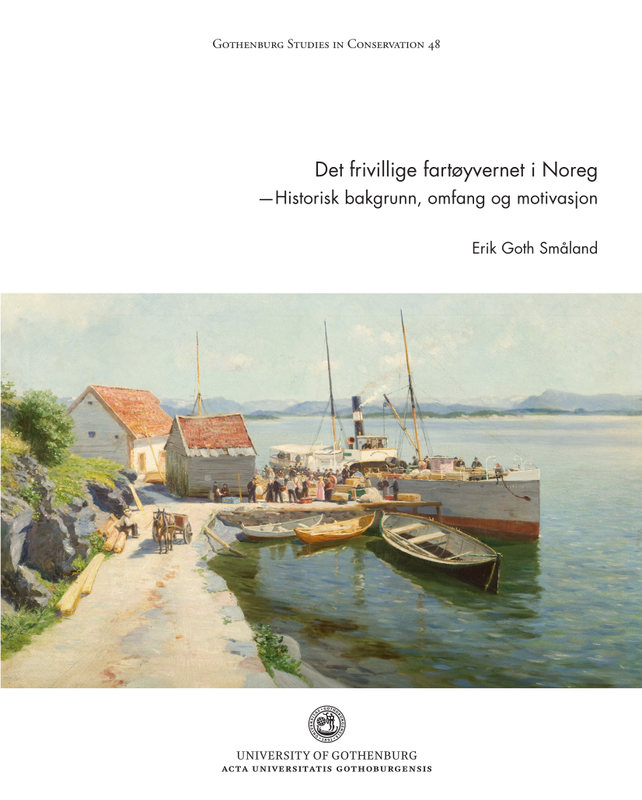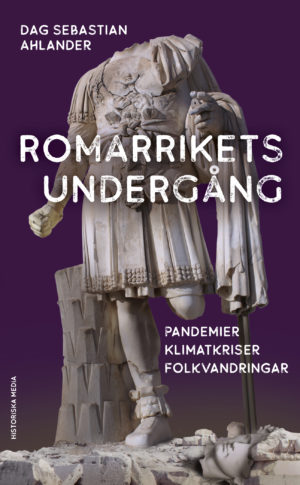Today historic ships are recognised and publicly valued as an important part of Nor-way’s cultural heritage, with substantial annual government funding for preservation. State funds finance not only docking and repairs of listed ships at commercial shipyards, but also encourage volunteer activity with provision of parts and materials for projects that can take a decade or more to achieve the typical aim of making a historic vessel once again seaworthy. Even though this volunteer effort is crucial for restoring and maintaining the maritime heritage of Norway, little is known about its background, organization, scope and impact. This study aims to find: 1) how ship preservation in Norway has developed as a field dominated by volunteers grassroot-organizations 2) who the volunteers are, and what is the scope and impact of their ef-forts3) the volunteers’ motivations and personal experiences and the impact on their proximate social environment. Methods: The study was carried out with three sub-studies. Sub-study I is based on a literature review and discourse analysis. Sub-study II is based on a survey with data from 82 volunteer leaders and analysed quantitatively. Sub-study III is based on 14 semi-structured interviews with volunteers, using content-analysis to identify and organize different categories in the volunteers’ statements. Results: • The discourse analysis of sub-study I shows a shift in praxis, framework and argumentation for ship preservation during the period from 1964 to 1975. From ad-hoc fund-raising activities with the aim of securing ships for museums, the volunteer organisations after 1964 became permanent organisations, taking care of their own ships. In 1967 the first state funding changed the framework for ship preservation in Norway. During the 1970ies ship preservation and a new grassroot-movement promoting costal culture merged, leading to a shift in the argumentation for preserving ships: The argument changed from ships representing important maritime trades to ships representing Norwegian national culture. • The quantitative analysis in sub-study II shows that the change in praxis, framework and arguments in ship preserving in the decade from 1964 marks the beginning of a steep and continuous increase in ship preservation organizations and volunteers. Being male, elderly, and having a strong relationship with the region and/or the specific ship are the most important correlates of volunteering for this work, whose annual value is estimated to be the equivalent of 5.5 million euros in 2009. • The qualitative analysis in sub-study III shows that the ship preservation organizations are closely linked to their local communities and history, and their efforts are widely appreciated. Volunteering in a context of skilled, group-bonded, culturally prestigious activity adds considerably to social capital among this group of elderly Norwegian men. The volunteers’ experiences resemble closely the stages of the empowerment process. Conclusion: Volunteer ship preservation has played an important part in changing the way Norwegians perceive their history and national identity. Volunteers are crucial for the restoration and maintenance of Norway’s listed fleet, and those volunteering are mainly elderly males, a group generally underrepresented as volunteers in Norway.







